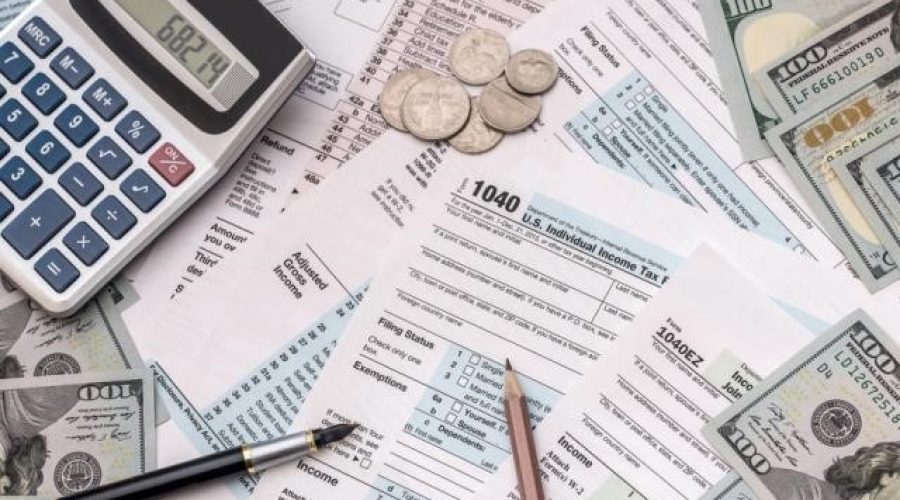Common Tax Penalties & How to Mitigate Them
With Tax Day officially behind us, I’m sure many people feel like a weight has been lifted off their shoulders (at least until next April).
However, some people might be left confused after filing their return. Why am I incurring a tax penalty? What are tax penalties? How can I avoid (or at least minimize) tax penalties in the future? Luckily, there are some solutions to these common questions that might make tax season a little less stressful for you in the future. Below are 2 common penalties incurred on 1040 tax returns, along with how to avoid the penalties:
- Failure to Pay Penalty (Late Payment Penalty):
- What is it: One of the most common penalties incurred on an Individual Return is for late payment. If you do not pay your taxes by the deadline, you will incur a penalty of 0.5% of the unpaid taxes for each month the amount remains unpaid (maxing out at 25% of unpaid taxes). Although 0.5% sounds like a small amount, every month the taxes go unpaid, the penalty percentage increases and can end up causing a lot of extra money to be owed.
- How to avoid it: The easiest way to avoid this penalty is to pay your entire tax liability by the April deadline. If you file an extension, you still must pay your full tax liability by the April deadline to avoid a late penalty.
- Estimated Tax Penalty (Underpayment Penalty):
- What is it: Another very common penalty incurred on an Individual Return is due to underpayment of taxes throughout the year. The IRS has a “pay-as-you-go” rule when it comes to taxes, which means you are supposed to pay taxes throughout the year as income is earned/received – not make one lump-sum payment at the end of the year or when you file your taxes. The penalty is calculated by determining how much you should have paid each quarter, then multiplying the difference between what you paid and what you should have paid by the effective interest rate for that period.
- How to avoid it: To avoid an underpayment penalty, you will need to withhold taxes from your paycheck or make quarterly payments, or a combination of the two. The IRS offers two “safe harbor” methods to determine whether you are subject to this penalty. If you meet one of the safe harbor amounts, you will not be charged an underpayment penalty, even if you owe more taxes when filing your return. The 2 safe harbor methods are as follows:
- 90% of current year tax liability: To qualify for this safe harbor amount, you must pay at least 90% of your current year tax amount by 12/31 if paid through withholding or Q4 payment due date (January 15th) if paid through quarterly payments.
- 100% (or 110%) of last year’s tax liability: To qualify for this safe harbor amount, you must pay 100% of the tax you owed for the prior year. However, if your Adjusted Gross Income (AGI) on the prior year return was over $150,000 (or over $75,000 for Single or Married Filing Separately), you must pay 110% of the prior year tax to qualify for this safe harbor amount.
Keep in mind that, if you extended your return (file your return after the April deadline), even if you meet one of the above safe harbor tests, you will still incur late penalties on any payment due with your return. You are still required to pay your entire tax liability by April to avoid late penalties.
These are just 2 possible reasons you might incur tax penalties. Although these are some of the most common penalties on 1040 tax returns, there are several others that, while maybe not as common, can be just as costly. Be sure to consult with your CPA or tax preparer to determine the best course of action for mitigating tax penalties on your future tax returns.
